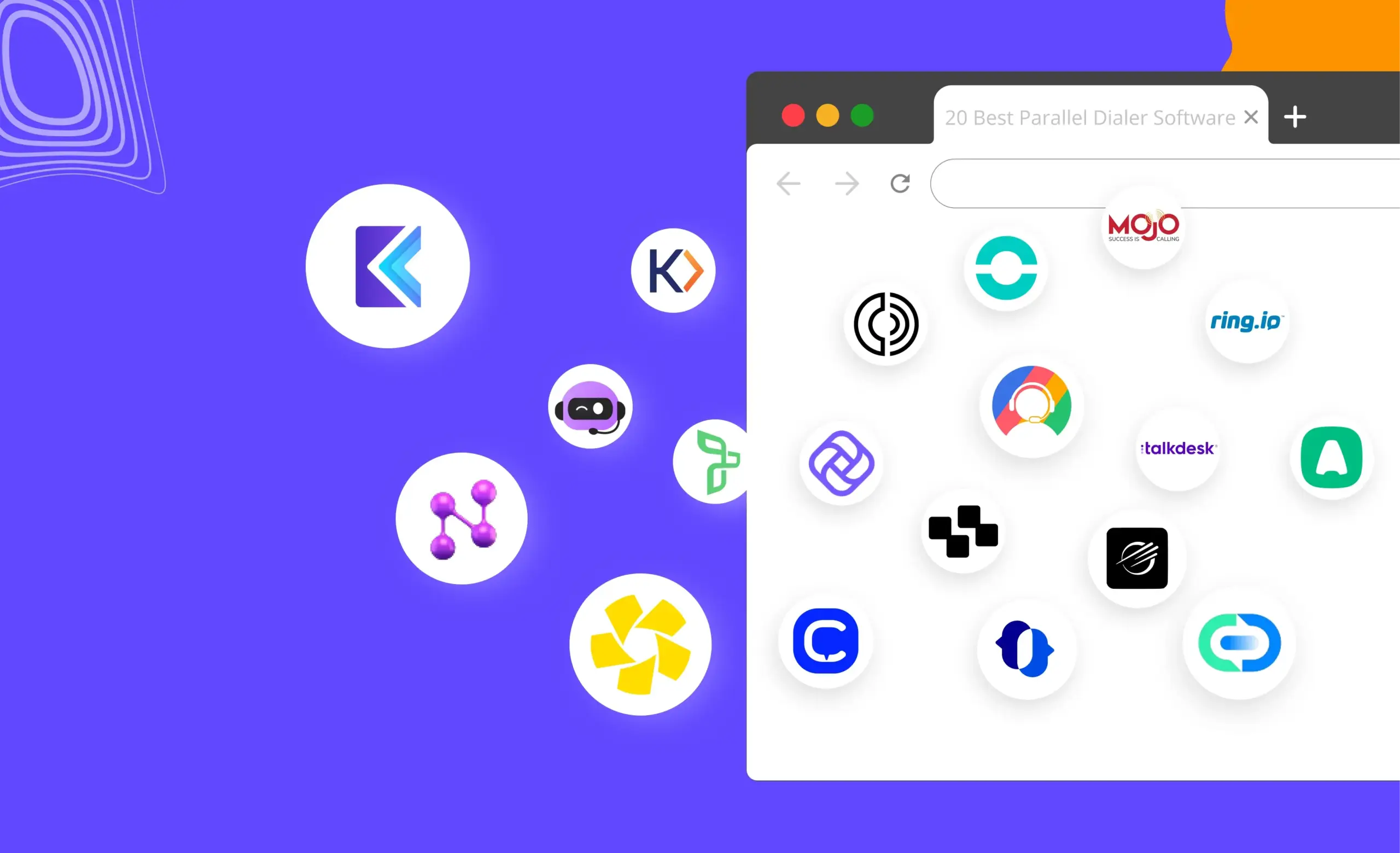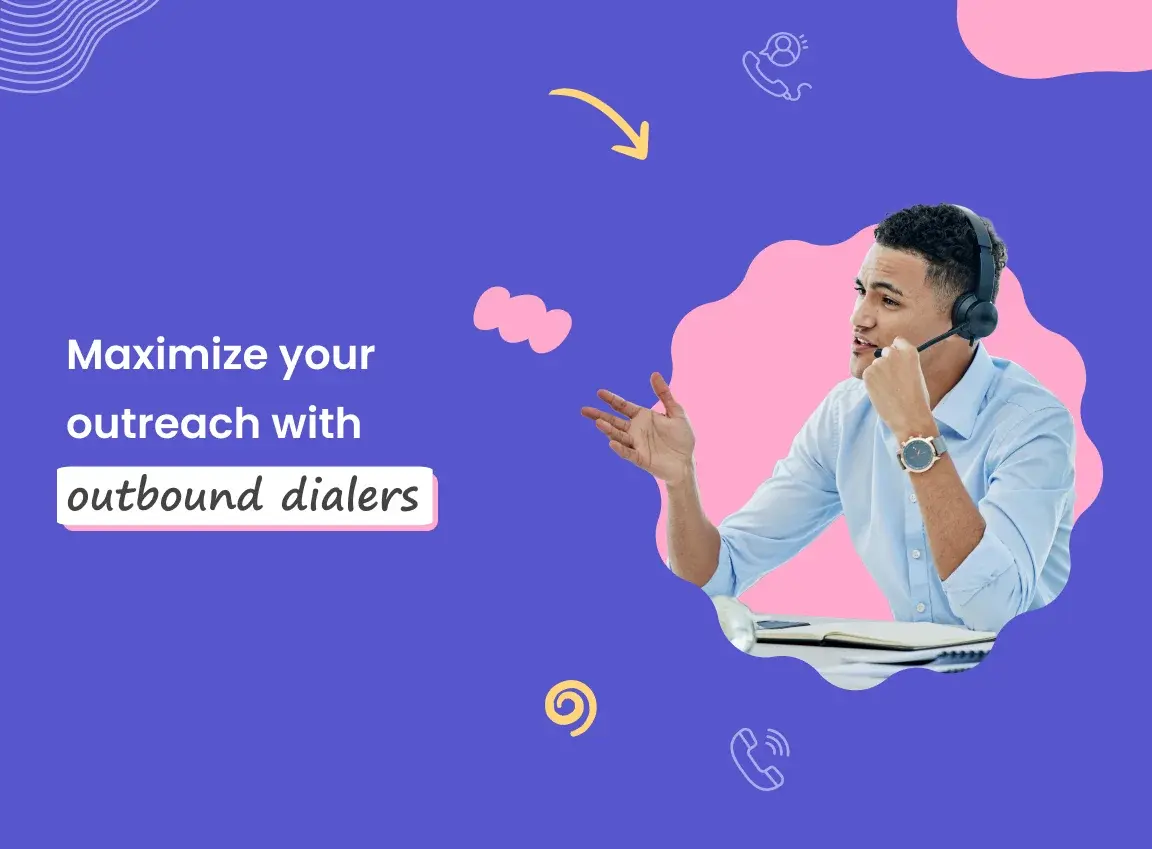We live in a time where the only people making calls are parents and grandparents trying to check on their wards. And, the only ones picking up calls are bots. Calls have become an anxiety trigger. When your caller ID flashes, the mind immediately goes into overdrive.
Why are they calling?
What is it about this time, Mom?
Why can’t they just text?
Should I pick it up?
In that order. Yes, picking up is the last decision. And, by the time the decision is made, the phone stops ringing, restoring balance to the universe.
And, these are just regular calls. Think about cold calls. The only ones picking up cold calls are other salespeople who make cold calls because they know what rejection feels like. It’s empathy, not curiosity. Blame it on global warming or climate change, Cold Calling isn’t as much of a buzzword anymore in Sales. Instead of being the first touch point, calls have been moved further down the pipeline. But, all is not lost.
Calls happen over the cloud now, and every cloud has a silver lining. When it’s finally time for a call, nobody on either side is technically a stranger. The chances (if it's not a cold call) of picking up and hearing “I know what you did last quarter” are slim to none. There’s already a relationship that has been established between the prospect and the salesperson through the numerous demos, follow-up emails, and nurture sequences.
Familiarity is good for insurance. When a humorous jab misses the mark, you can quickly switch back to the actual conversation. It’s important to avoid straying too far from the core of the conversation. If the prospect(s) on the call begin feeling like an audience instead of being part of the gig, they will become passive participants.
Yes, And — The Improv Way
In improv, everything is made up, and the points don’t matter. If that sounds familiar, then ask yourself “whose line is it anyway?”
“Yes, and” is one of the tenets of improv theatre, which serves as the core to any scene-building exercise. The objective of every improvised scene isn’t to get to the joke or end of the scene as soon as possible. The idea is to establish a back and forth amongst the improvisers, which helps the crew get on the same wavelength. When everyone is making it up on the spot, the only hope of coordination comes from the promise of acknowledgment and agreement.
“No, but” has the exact opposite effect. Leading with negation and rejection becomes a defensive play, and everyone’s guards go up. Now, everyone feels like they’re on their own, instead of being on the same team. That’s why the cringe is real whenever someone says “No buts!”
“Yes, And” Example:
SDR: How do you do?
Prospect: All good, except for the weather.
SDR: How's the weather on your side?
Prospect: It’s pretty hot out today, isn’t it?
SDR: Yeah, and I’m all out of ice cream!
“No, But” Example:
SDR: How do you do?
Prospect: All good, except for the weather.
SDR: How's the weather on your side?
Prospect: It’s pretty hot out today, isn’t it?
SDR: Nah, I'm used to it.
See the difference?
When the prospect comes onto the sales call and you start exchanging pleasantries, look for the opening and “Yes, And” to break the ice. This is a good way to avoid awkward silence, especially if you’re waiting for more people to join the call.
Small Talk, Big Success — The Stand-up Way
The first opening in every conversation is small talk. This is where a skilled conversationalist would break the ice to effectively gain control of the prospects’ attention. This takes more than just “Yes, And”, though. When a comedian picks someone out of a crowd and starts a conversation, it seems spontaneous and completely unscripted. How could a random person be in on the act? It’s impossible. Yes, and it is spontaneous. No, but it’s also scripted.
Here’s how it works. The comedian already knows what the joke is going to be. The questions they ask an audience member, while seemingly open-ended, have limited answers. While anticipating the response, the comedian has already gone through a simulation of different answers and has one joke for each scenario. Let’s assume the joke is about electric vehicles. The comedian will ask a series of leading questions like:
“When was the last time you filled gas?”
“What car do you drive?”
“What do you think about electric cars?”
Right after the last answer, the comedian will launch into their actual joke with something like “Here’s what I think…” and now it’s a one-sided, yet friendly debate. This would have been a lot less conversational if the comedian had simply opened with “I think electric cars are…”. It might seem like the cat’s out of the bag and it’s not magic anymore. But, remember, this is years of practice coming together to trigger a reflex.
The Curtain Call
Compared to emails, sales calls may not provide many opportunities for comic relief. That’s not necessarily a bad thing, as it allows you to focus on the facts and figures, seal the deal, and move on to the next one. But, when you do find the chance, hopefully, you’ll land a few great one-liners as a bonus.
This has been Humor in Sales, and you have been doing a great job! Until next time.
<insert personalized sign-off here>





